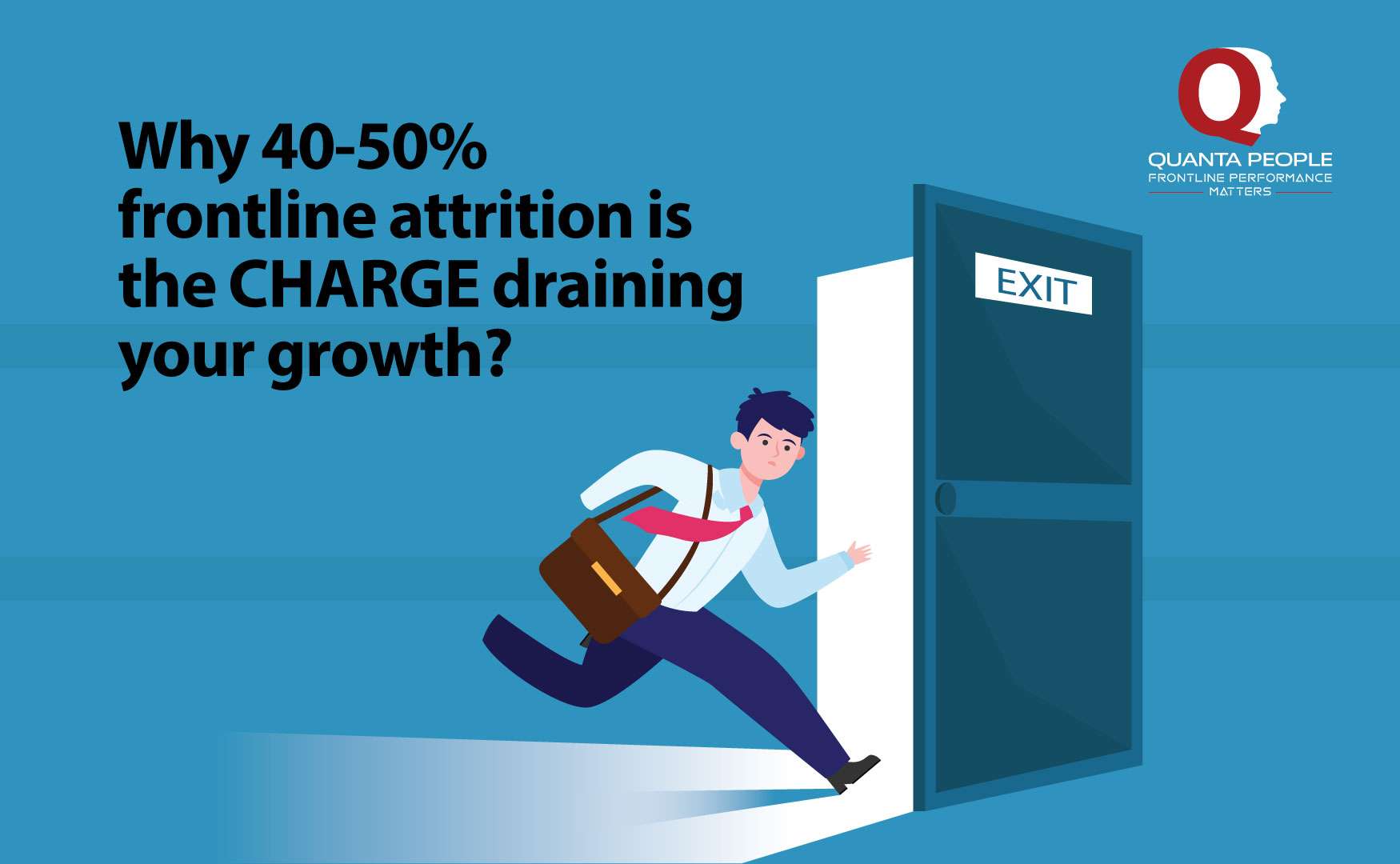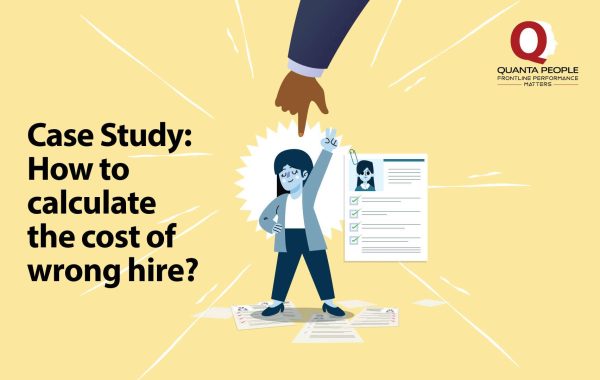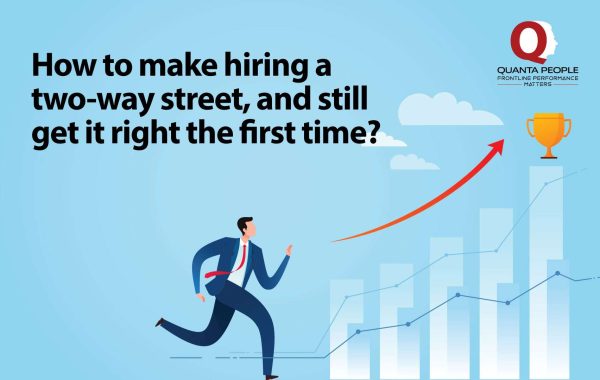
Why 40-50% frontline attrition is the CHARGE draining your growth?
When Attrition Hits 40–50%, It’s Not Just Costly—It’s Compounding
When frontline attrition reaches 40–50%, it doesn’t just increase hiring costs; it erodes culture, drains knowledge, and reduces annual growth by 2–3%.
Executive Summary: The CHARGE Model
The CHARGE model—Culture, Hands-off loss, Alignment, Reputation, Growth, and Efficiency—was developed to help leaders quantify what traditional P&L views miss when attrition becomes the norm.
As Rajesh Dahiya, CEO of Good Govern and Board Member at Quanta People, observes, the reality post-2021 in many customer-facing businesses is sustained attrition in the 30–50% range, with some sectors historically peaking even higher.
This level of attrition is not just a staffing problem—it’s a multi-dimensional value leak.
Context: Breaking Down CHARGE
Culture is where the damage starts. Organisations invest heavily in values and induction, only to see new hires leave within six to twelve months. The loss isn’t just skills—it’s cultural stability. Survivors question their own choice to stay, teams divide into “leavers vs. stayers,” and morale drops long after a backfill arrives.
Hands-off loss is the second wound. In customer-facing roles like banking, insurance, and tech, relationships matter. Job-hopping RMs or engineers take tacit knowledge, client context, and sometimes customers with them. Meeting a new RM every few months spoils the experience and weakens traction.
Alignment is the third breakage. Strategy is designed in boardrooms but executed by the frontline. When half a team attrites annually, the enterprise pays a perpetual “re-alignment tax”: rebriefing goals, reteaching processes, and re-earning trust. Momentum stalls—not because strategy is wrong, but because it’s repeated to a new set of employees.
Reputation drains. Employer brands are built by alumni who stay and advocate. High churn corrodes that advocacy, shows up in social feeds, and makes every hiring cycle harder. Day-1 campus preference is won by reputation, not payroll—and persistent attrition squanders that edge.
Growth stagnation is where the leak becomes visible. Every replacement resets productivity to zero. Rajesh estimates a direct growth loss of 2–3% annually from attrition alone—a compounding drag that no quarterly sales push can fully mask.
Efficiency is the final hit. Output is wildly non-linear: the top 10% can contribute 20–30× more than the bottom. When high performers leave—or burn out compensating for low performers—the enterprise loses far beyond one salary line. Disengagement spreads fast, cascading negative behaviours across teams.
Conclusion: Put CHARGE on the Board Agenda
The CHARGE model reframes attrition from a “cost of doing business” to an enterprise-risk lens that connects culture, customers, cadence, and compounding growth.
If your frontline attrition sits anywhere near 40–50%, put CHARGE on the board agenda, measure each dimension, and act—because what you don’t quantify, you can’t keep.


